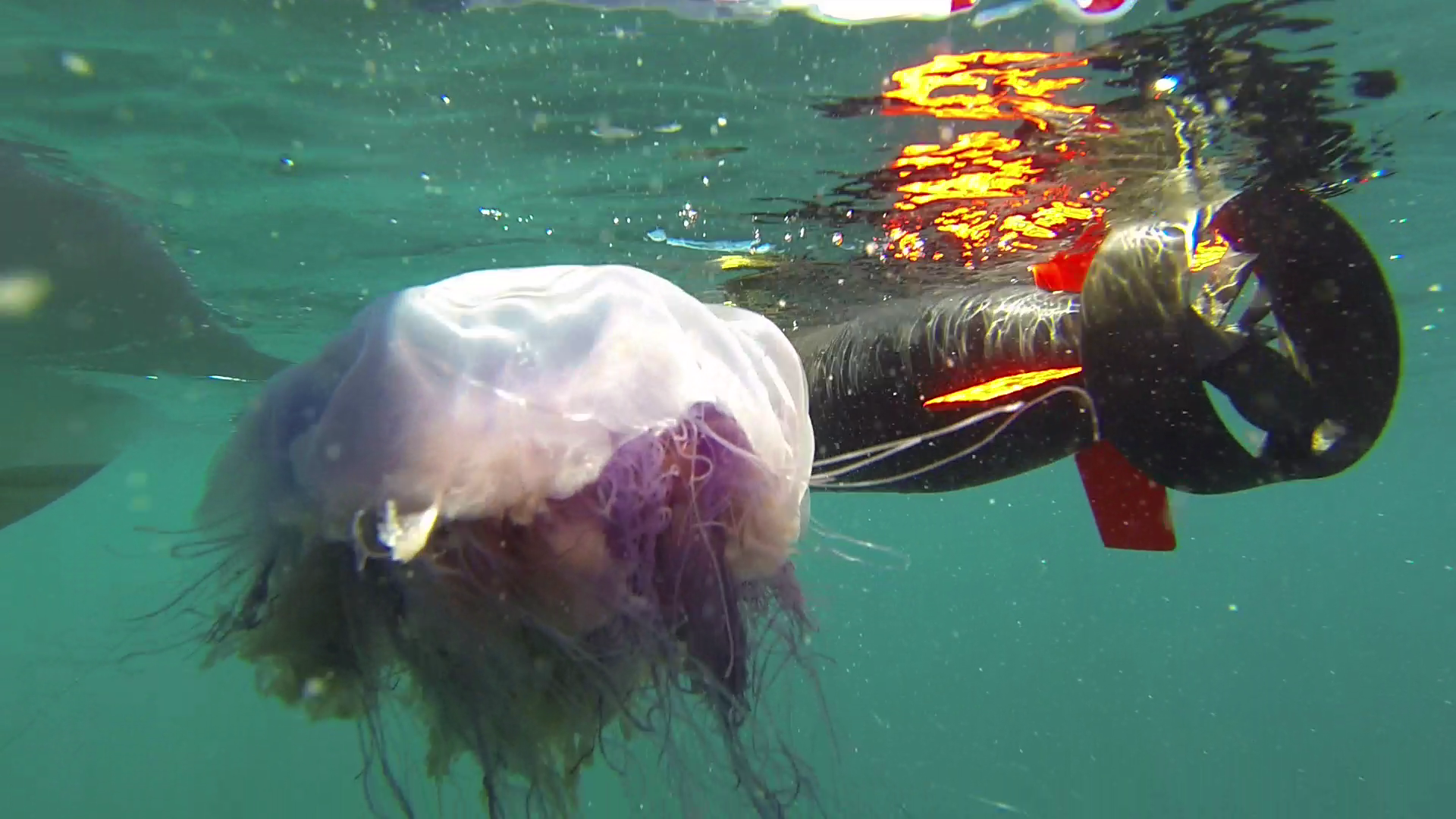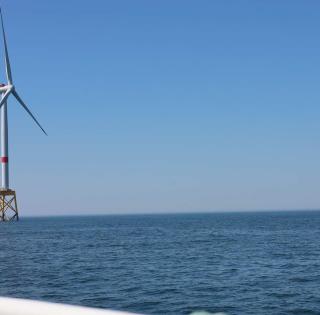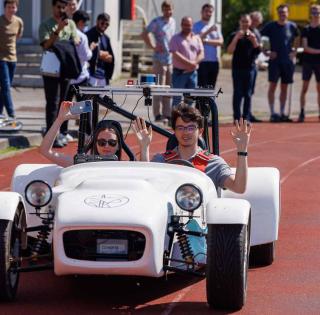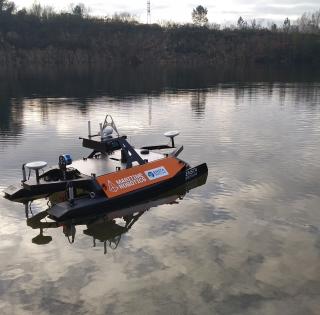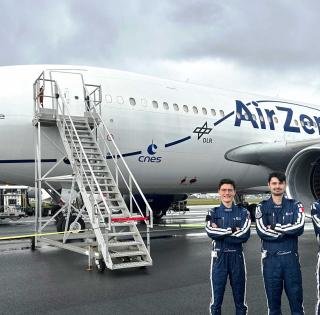
Why did you decide to study robotics at an engineering school?
"When I decided to study engineering, I wasn't sure whether I wanted to work in IT or embedded systems. I was also interested in careers involving mechanics, especially in the naval industry. I decided to attend ENSTA Bretagne because they offered all three of these majors alongside a core engineering course give you a clearer idea of each.
During my first year I explored robotics in the school's robotics club and through training offered by PhD students. Robotics was the perfect discipline for me because it combines IT, embedded systems and mechanics."
Was it easy for you to find work in this field?
"I've always found it really easy to find work. I've worked with two different companies since graduation, and have never been out of a job. There's been a real rise in the demand for robotics experts. Five years ago, people still thought this field was kind of like science fiction, but these days, with recent developments in drones, the fact that self-driving cars will soon be a reality and the appearance of high-performance human-like robots, there's a big demand for robotics engineers."
Could you describe your profession? What are its applications, your goals and your main responsibilities?
"I'm working on an autonomous robot project for Forssea-Robotics. This robot will be linked by cable to a boat and can connect to other underwater robots or installations to recharge them and recover data. Kind of like a tanker-plane, but at 2,000 meters under the ocean.
The underwater environment is one of the most hostile for robots to operate in. There's high pressure and low visibility, communication is limited and it's difficult for them define their position. That's what I focused on in my thesis: the localization of underwater robots.
My main responsibilities at Forssea-Robotics are developing and implementing robot localization and control algorithms. I manage four other robotics engineers in this field."
Could you describe your work environment: the company, the site and your team?
"Forssea-Robotics is a startup created two years ago. It's based on two sites: Paris, where the R&D takes place, and Sète, where our workshops are located in the co-founder's building. When I joined the company in October 2016 there were just two of us, but two years later there are ten employees. Half are robotics engineers, and there are four mechanical engineers and one sales engineer. It's a really fast-paced environment, where you move quickly from the initial idea to proof of concept to carrying out market tests."
What do you like best about your work?
"The multifaceted aspect of robotics. Most of the time I'm working on quite a technical level, but there are times when I have to do some welding or tighten the bolts on a robot before it goes into the water."
What qualities do you need to be a good robotics engineer?
"I'd say that you need to have a good feel for software engineering, while keeping in mind that the goal of the software is to interact with the physical environment. Behind the code there's a motor that has to turn, sensors that react to the environment, etc. It's useful to have a grasp of mechanics as well, to be able to design the robot's shape and 3D elements, for example."
The robot developed by Forssea Robotics.






